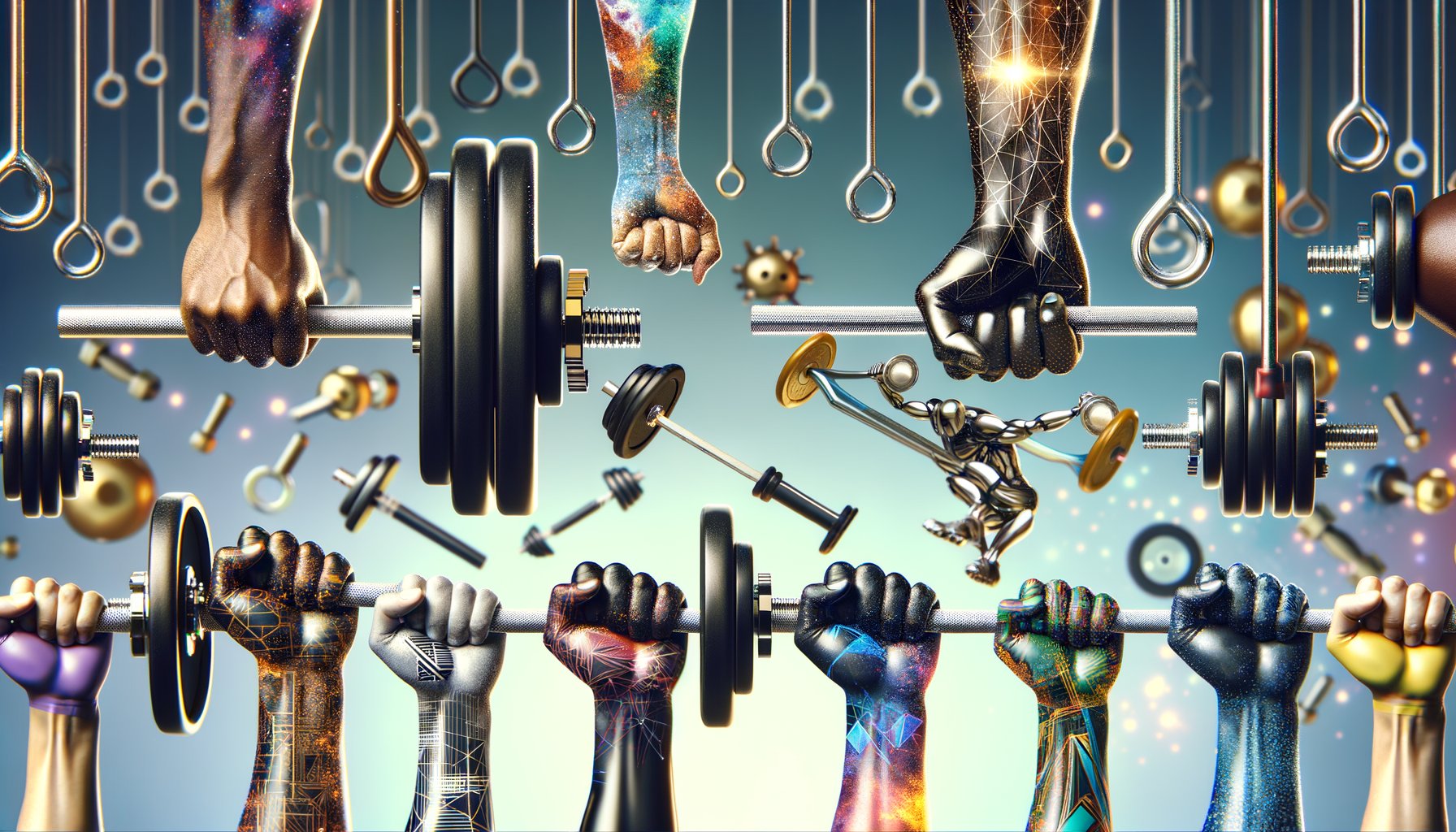Physical Address
304 North Cardinal St.
Dorchester Center, MA 02124
Physical Address
304 North Cardinal St.
Dorchester Center, MA 02124

Hey there, fellow Wisdom Seekers! It’s your girl Sophie here, coming at you with another dose of truth serum. This time we’re diving into the world of weight training. And let me tell you, it’s a world rife with misconceptions. After all, who hasn’t heard that lifting weights will turn you into a hulking brute overnight? Or that cardio is the only way to lose weight? Well, grab your protein shakes and let’s debunk these myths together.
Alright folks, let’s get this out of the way first. I can hear my Mum’s voice echoing in my head as I type this, “Sophie dear, don’t lift heavy weights or you’ll end up looking like Arnold Schwarzenegger.” Sorry Mum but that’s just not how it works.
The fact is, adding muscle mass requires a combination of heavy resistance training and a calorie surplus (i.e., eating more than your body burns). Plus, testosterone plays a significant role in muscle development. As women typically have lower levels of testosterone than men, they naturally build less muscle mass. So no matter how many bicep curls I do, I won’t be winning any Mr Olympia titles anytime soon.
I used to be one of those people who spent hours on the treadmill thinking it was the golden ticket to weight loss. But guess what? It turns out strength training can be just as effective—if not more so—for shedding those kilos.
Resistance training builds lean muscle which increases your resting metabolic rate (RMR). This means even when you’re binge-watching the latest Netflix series, your body is burning calories. Now that’s what I call multitasking!
Oh, the infamous ‘no pain, no gain’ mantra. While it might make for a catchy gym t-shirt slogan, it’s not exactly accurate. Feeling sore after a workout—known as Delayed Onset Muscle Soreness (DOMS)—is not necessarily an indicator of an effective workout.
In fact, constantly pushing your body to its limits can lead to overtraining and injuries. Remember folks, exercise should be about promoting health and wellbeing—not punishing your body.
If I had a dollar for every time someone told me they spend two hours in the gym every day… well, let’s just say I wouldn’t need to live on instant noodles anymore! The truth is, you don’t need to spend countless hours lifting weights to see results.
Quality trumps quantity when it comes to workouts. It’s better to have shorter, more intense sessions than longer ones with less effort. And remember—rest days are crucial for muscle recovery and growth.
Sure, dropping a dumbbell on your foot isn’t going to feel great (trust me—I’ve been there). But when done correctly and responsibly, weight training is no more dangerous than other forms of exercise.
Proper form and technique are key here. If you’re new to weight training or unsure about how to perform certain exercises, seek guidance from a qualified professional. They can ensure you’re lifting safely and effectively.
I hope this article has shed some light on the often misunderstood world of weight training. The key takeaway here is that everyone’s body responds differently to exercise, so it’s important to find what works best for you.
So next time someone tells you that lifting weights will make you bulky or that cardio is the only way to lose weight, you can flex your newly toned biceps and share a bit of wisdom with them. After all, knowledge is power—and in this case, it might just give you the power to lift heavier too!